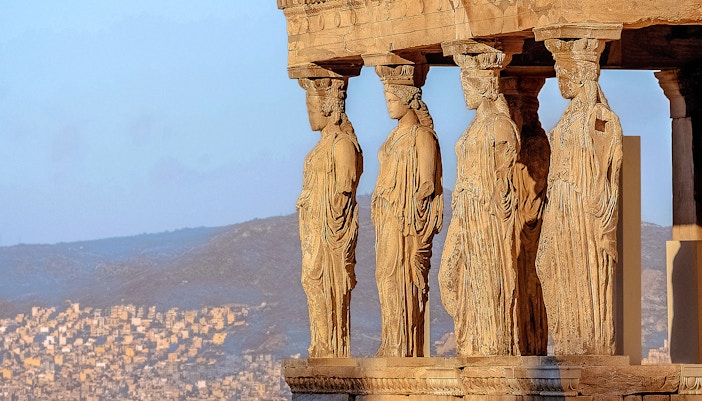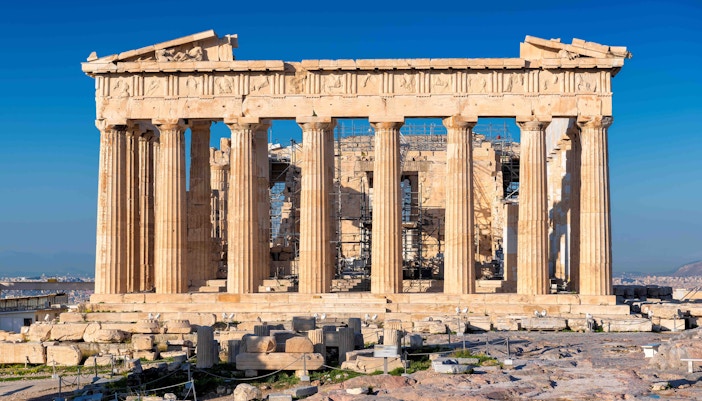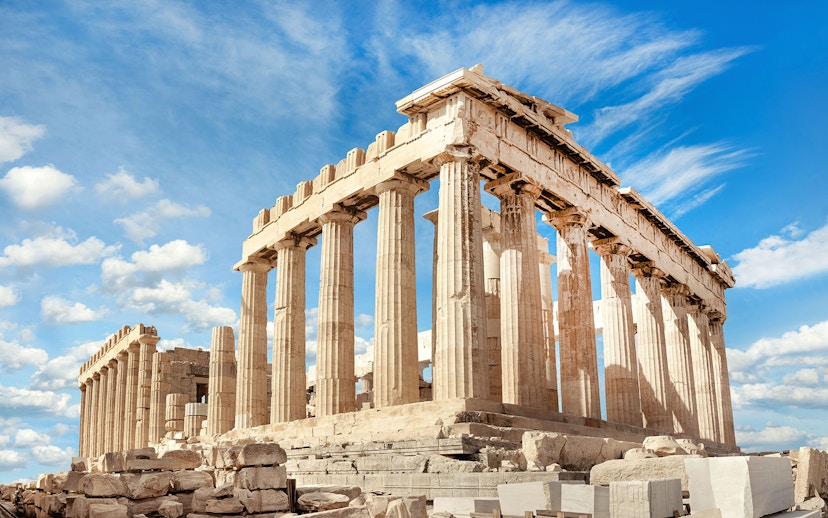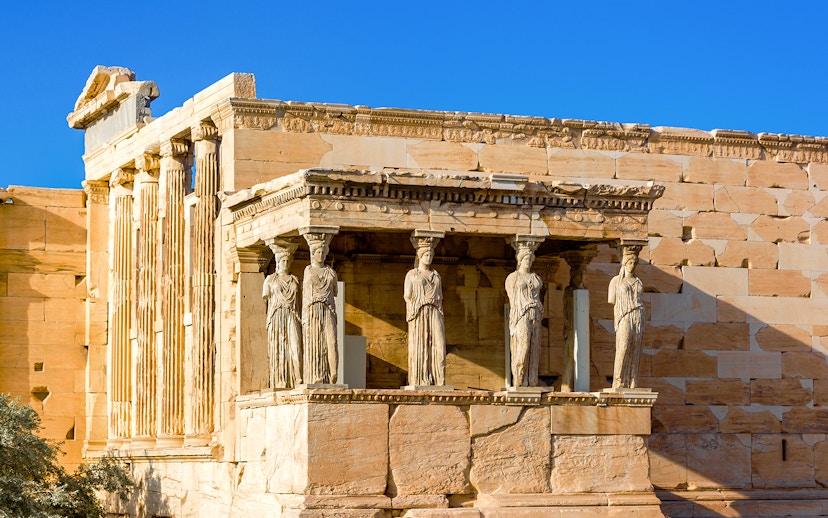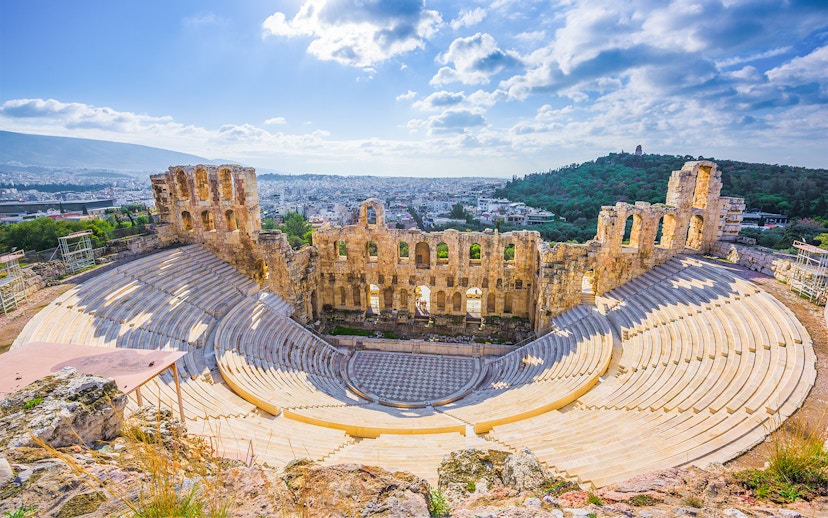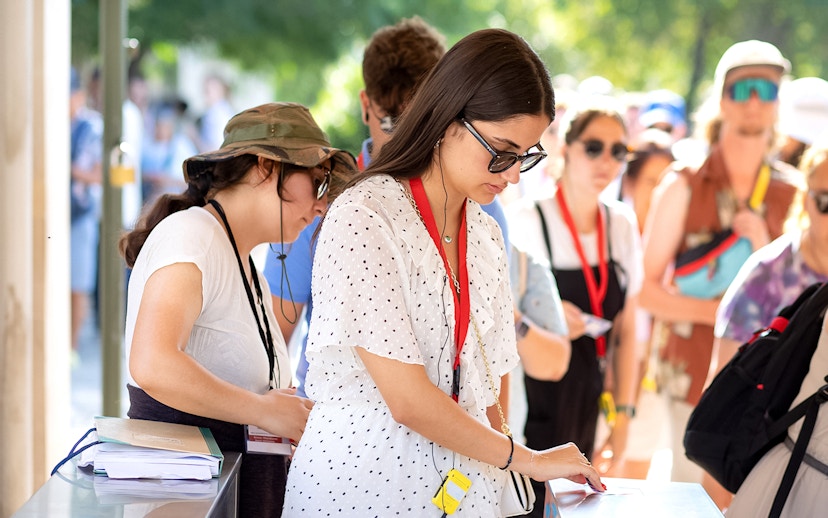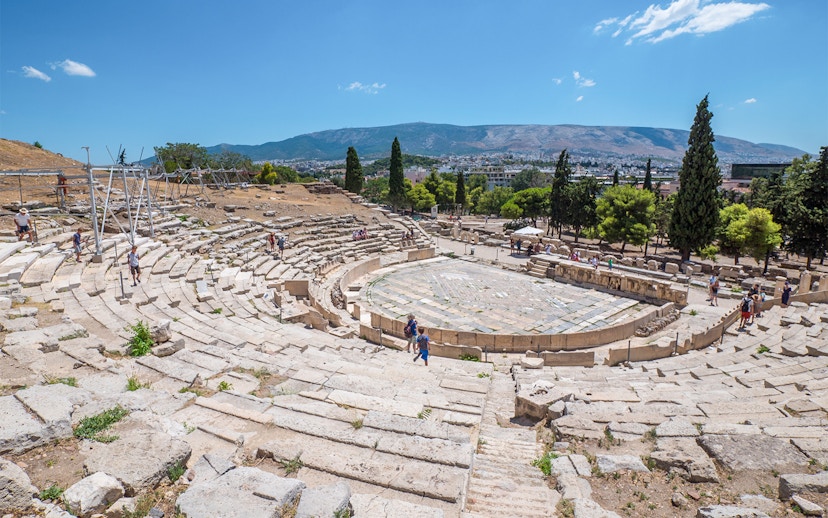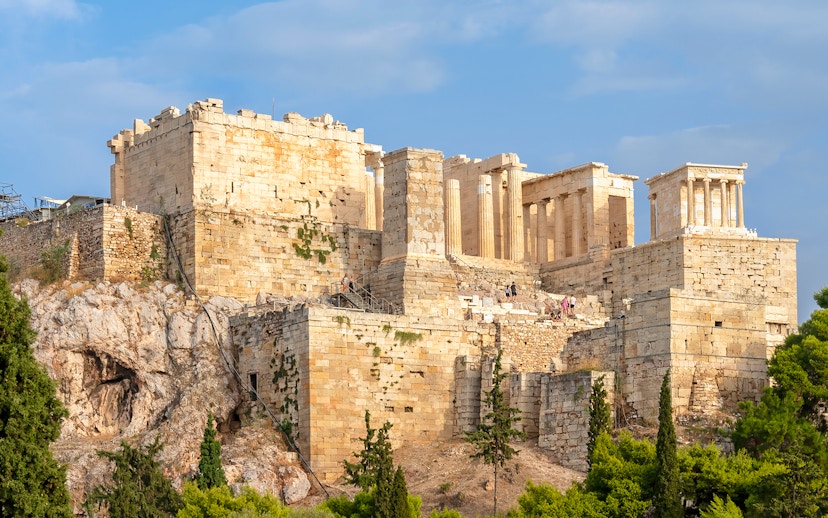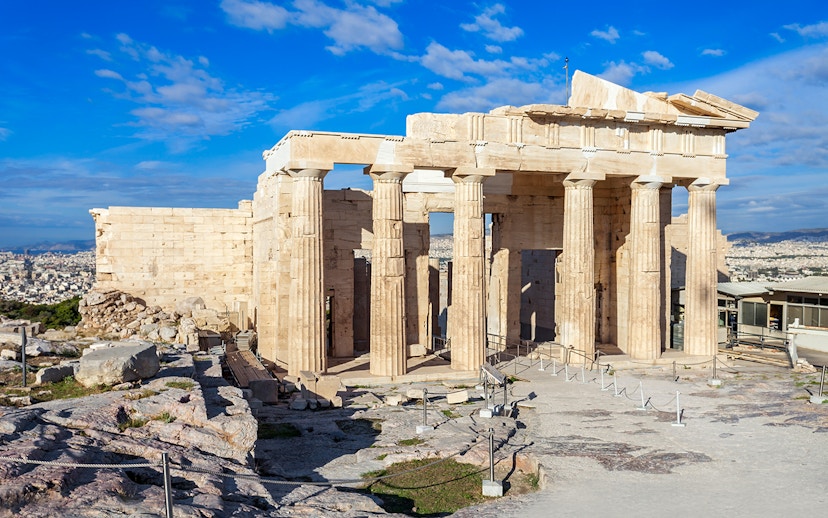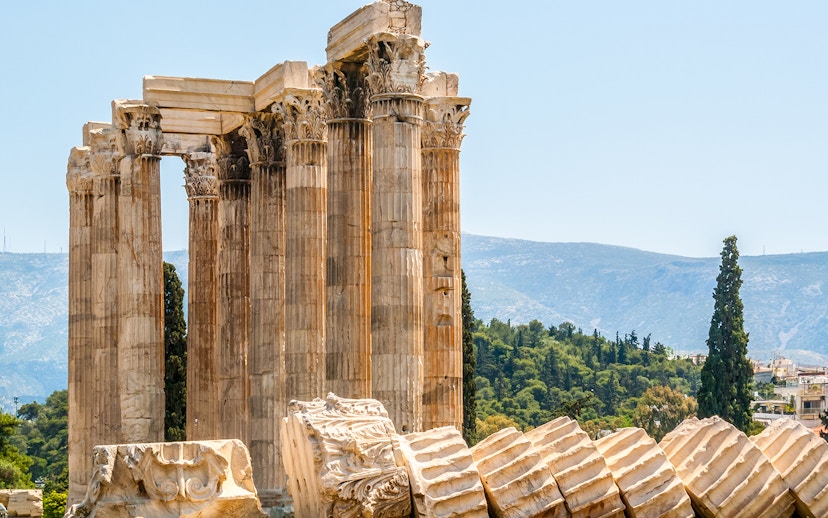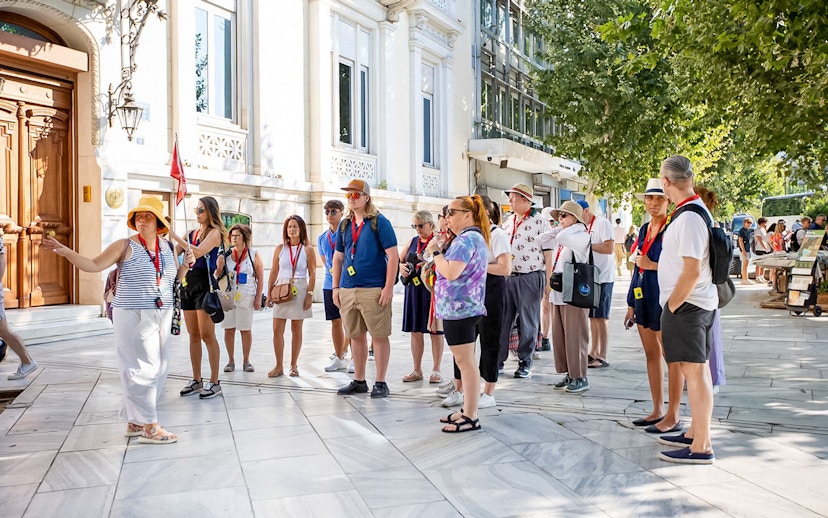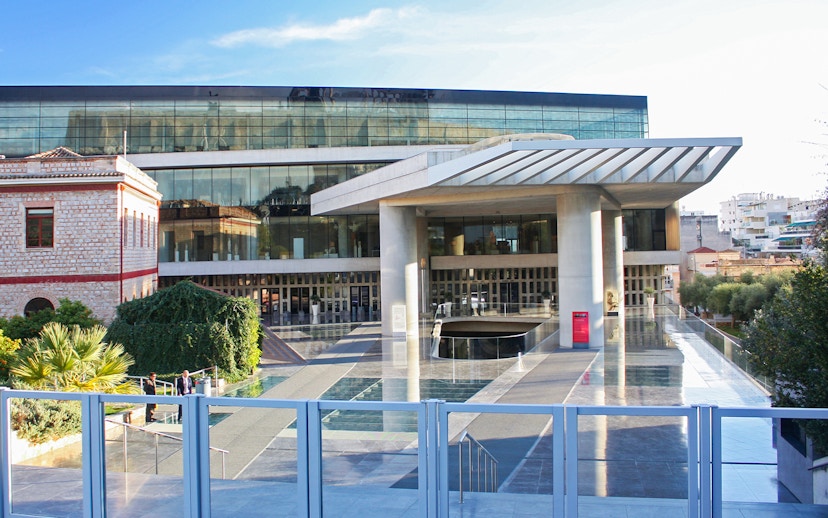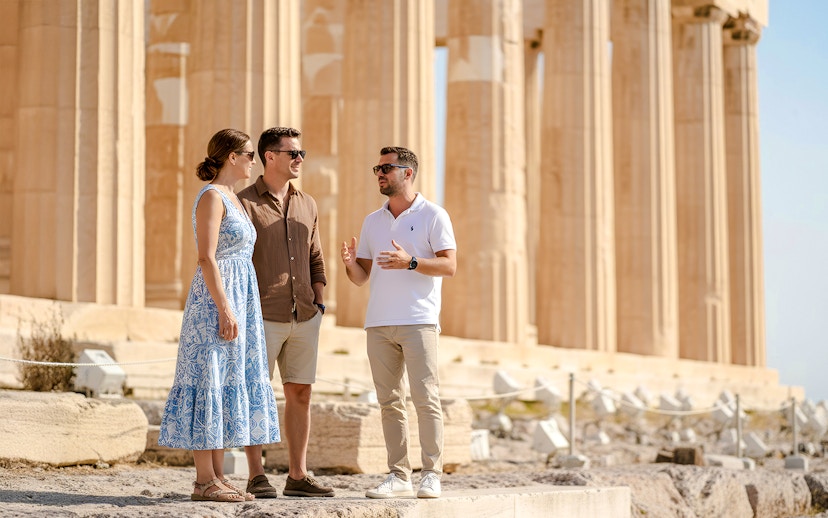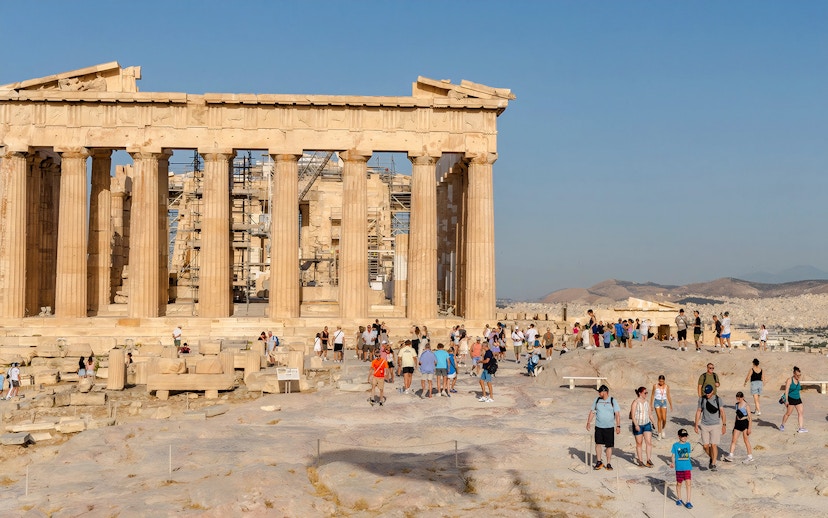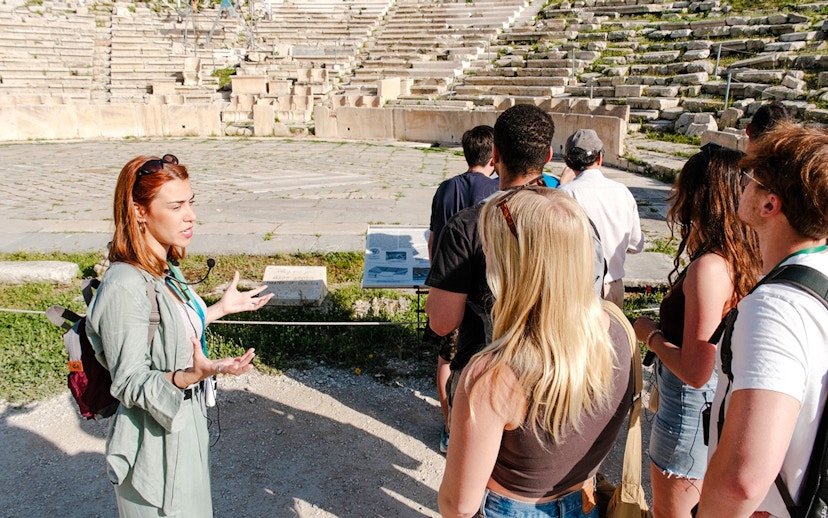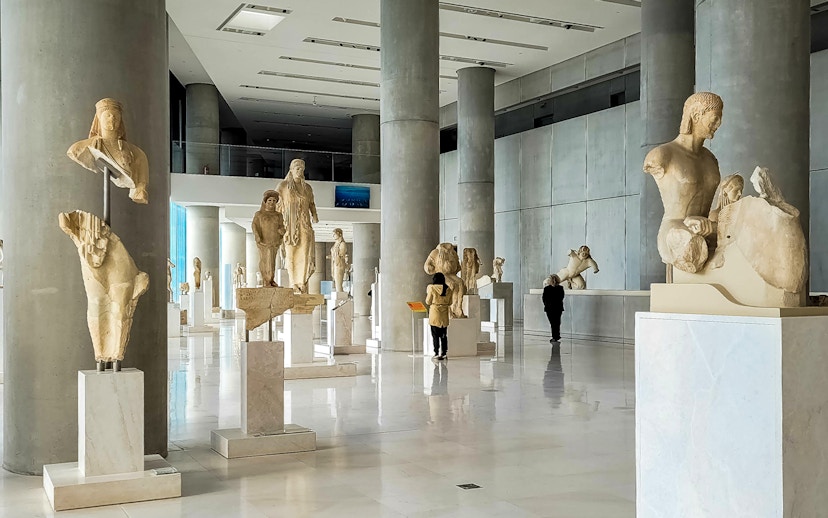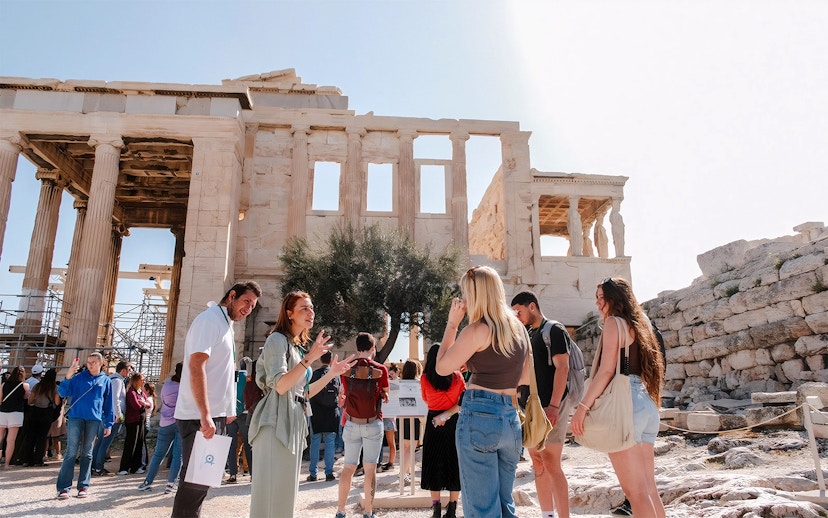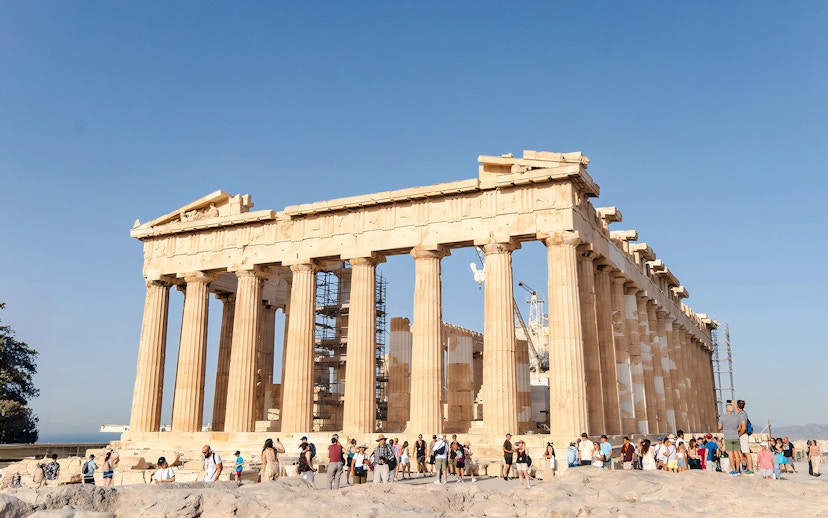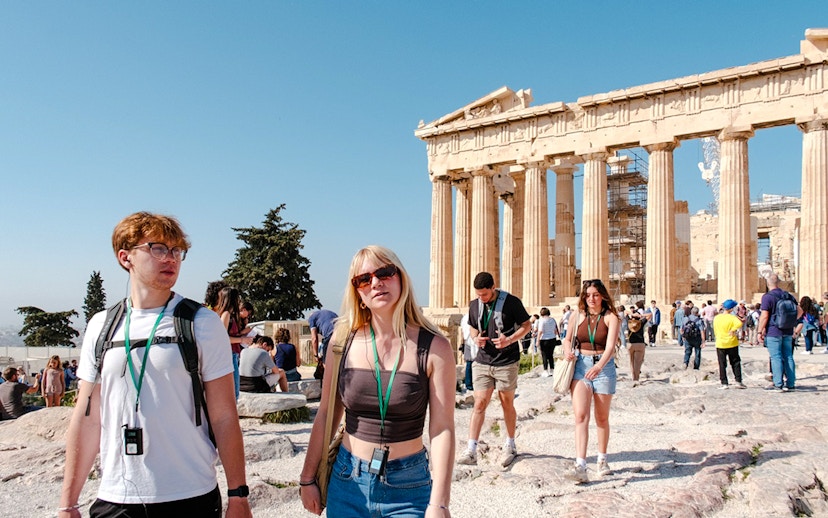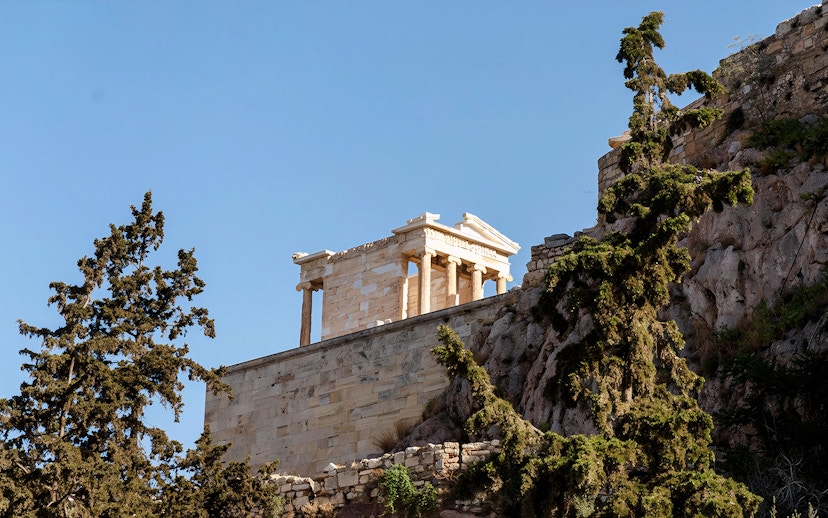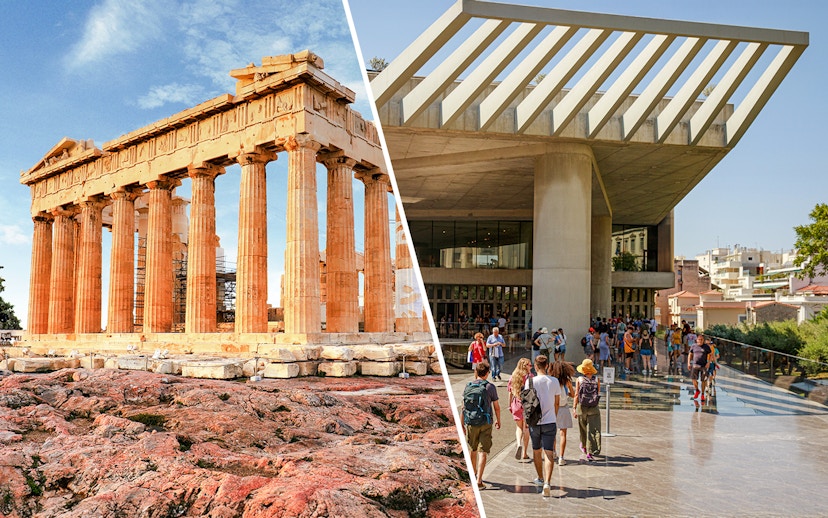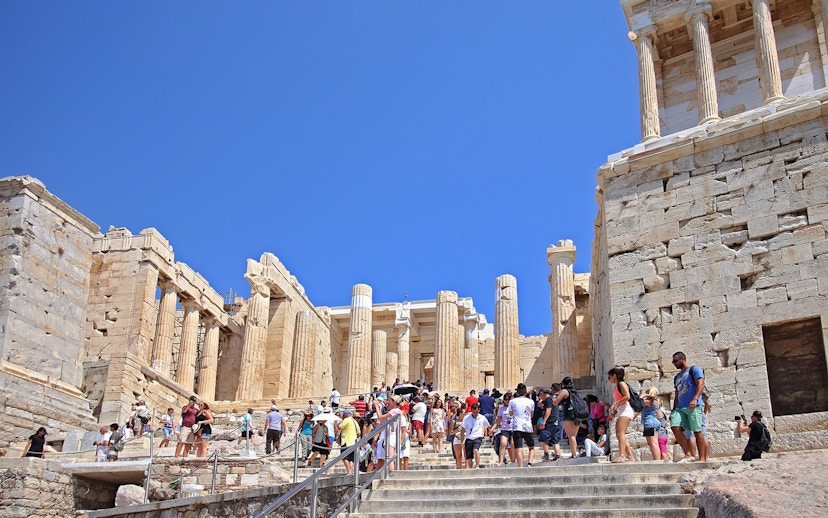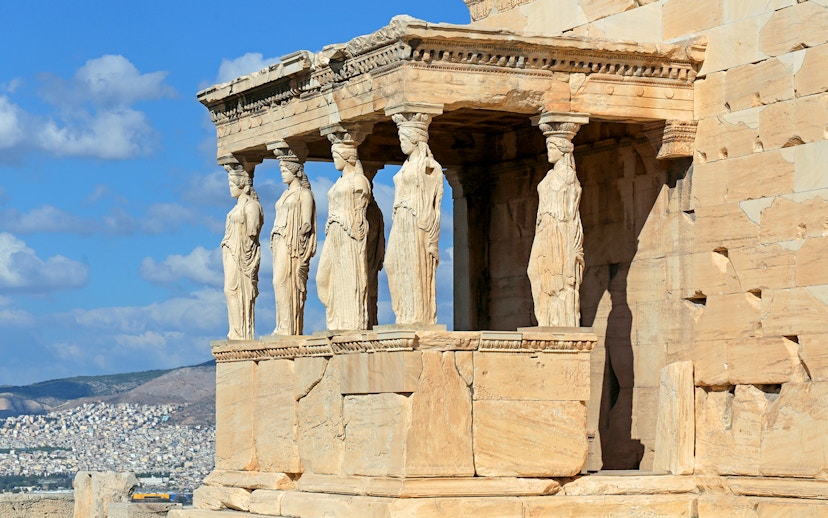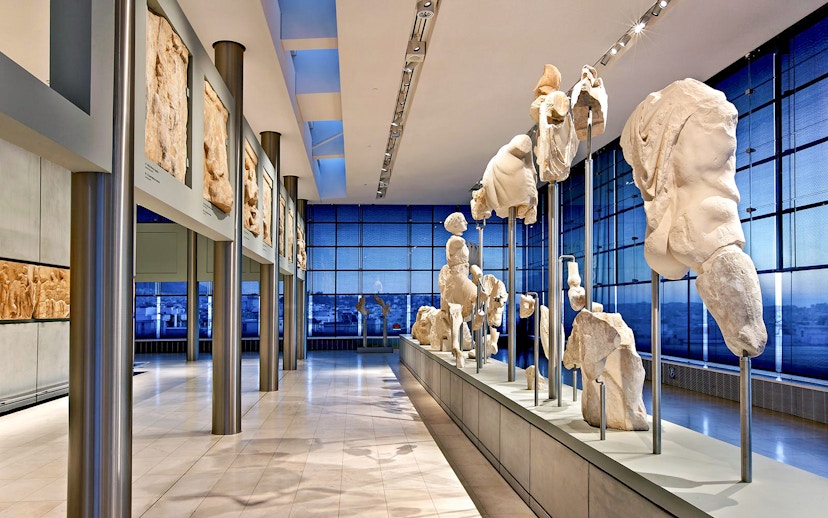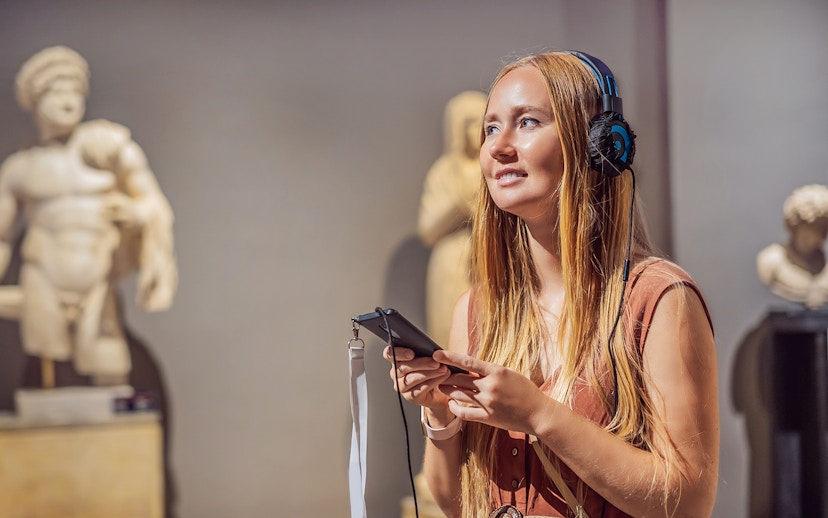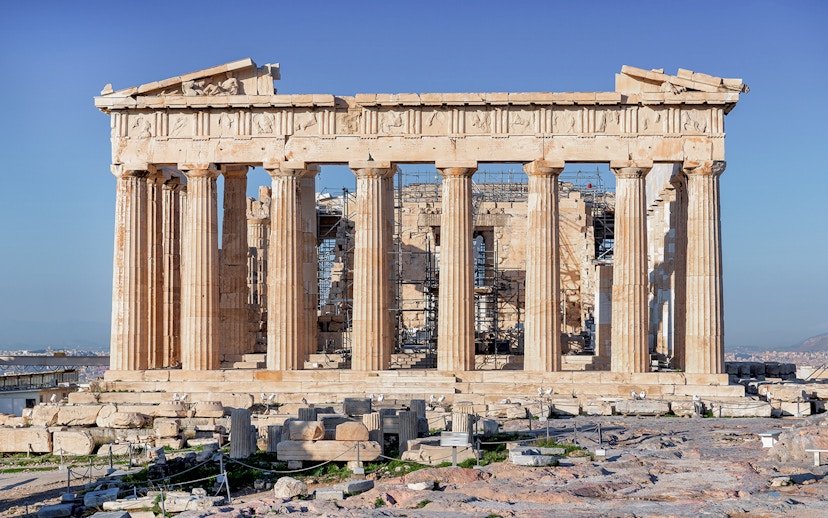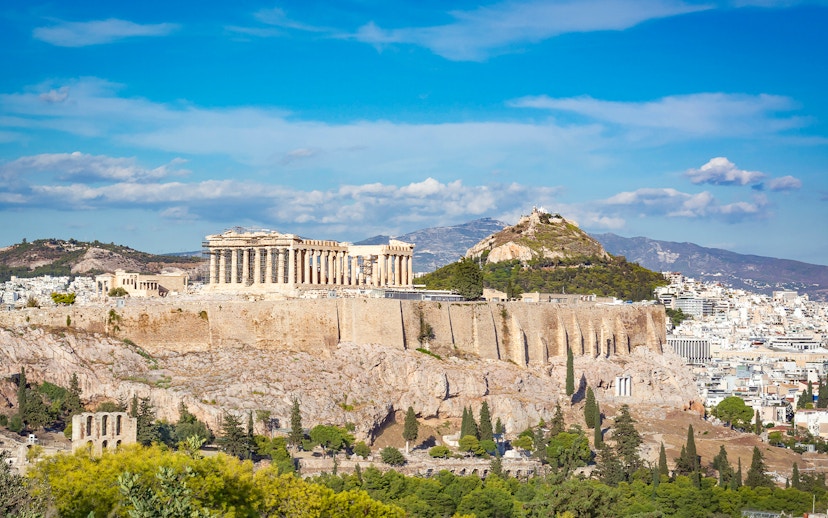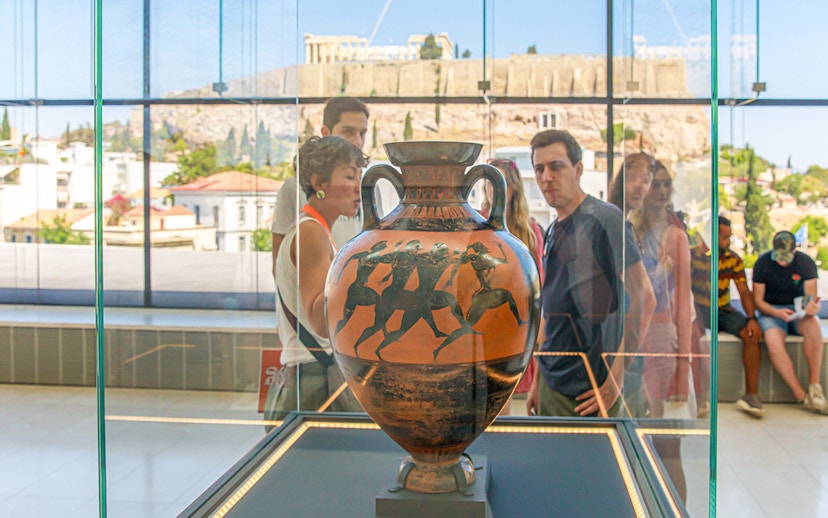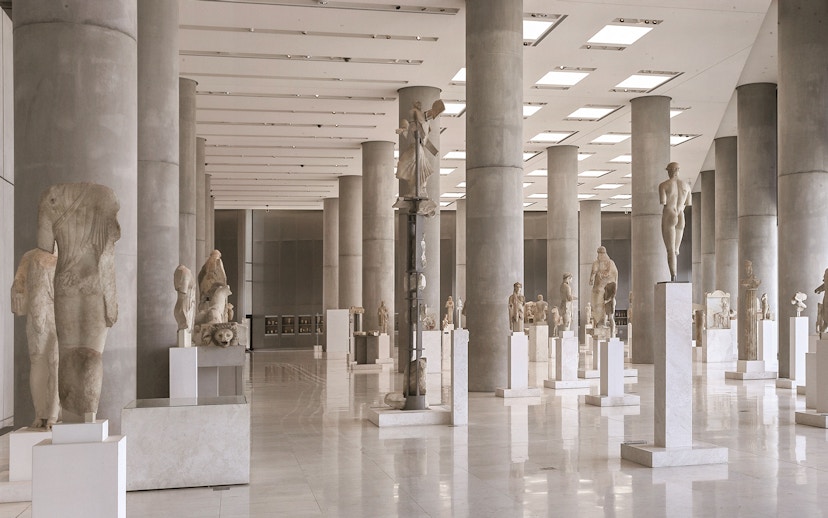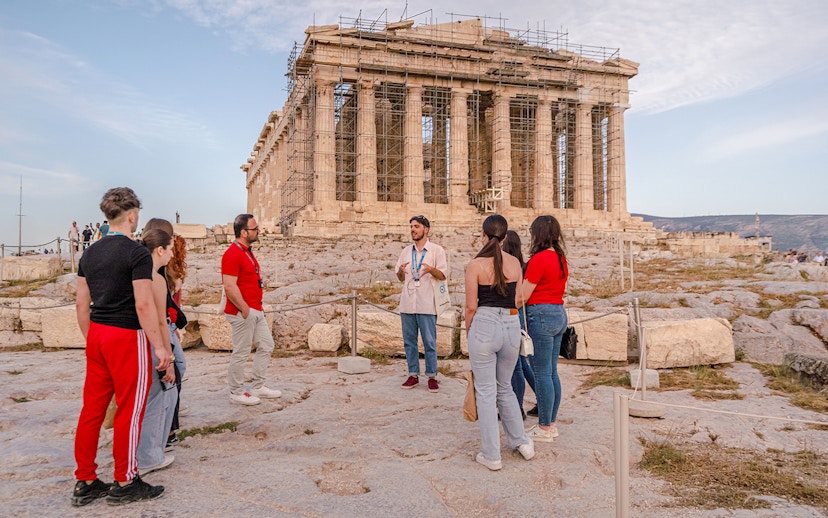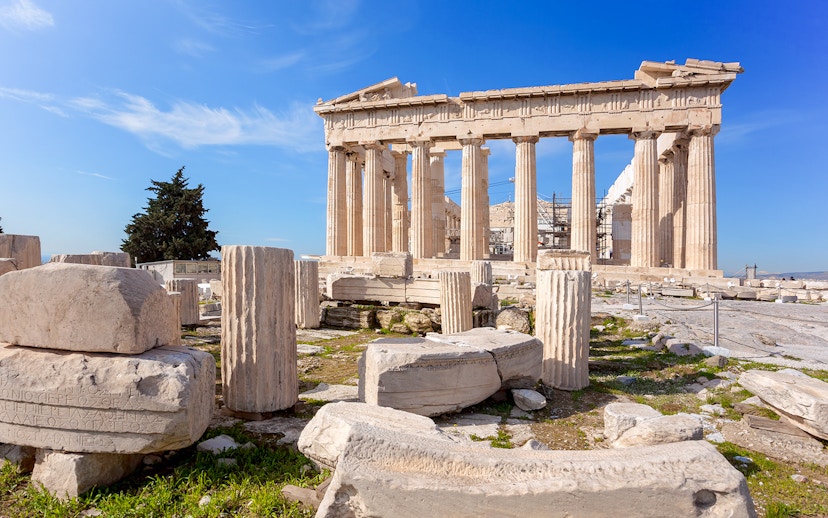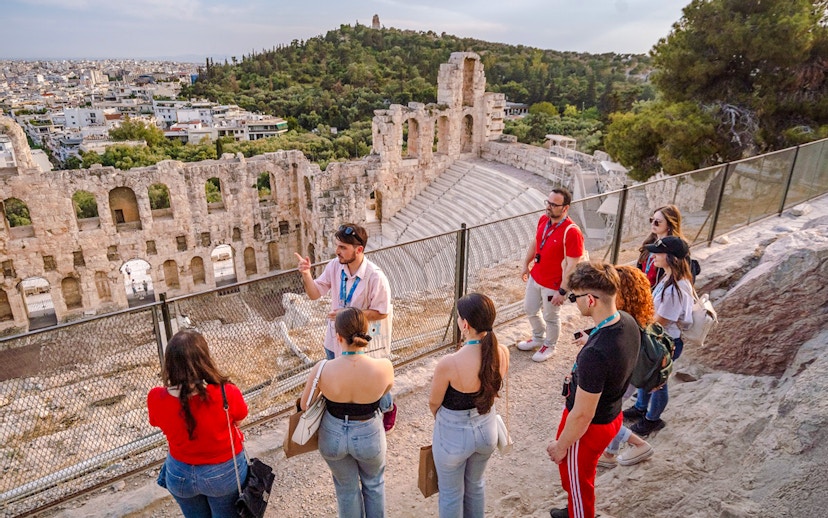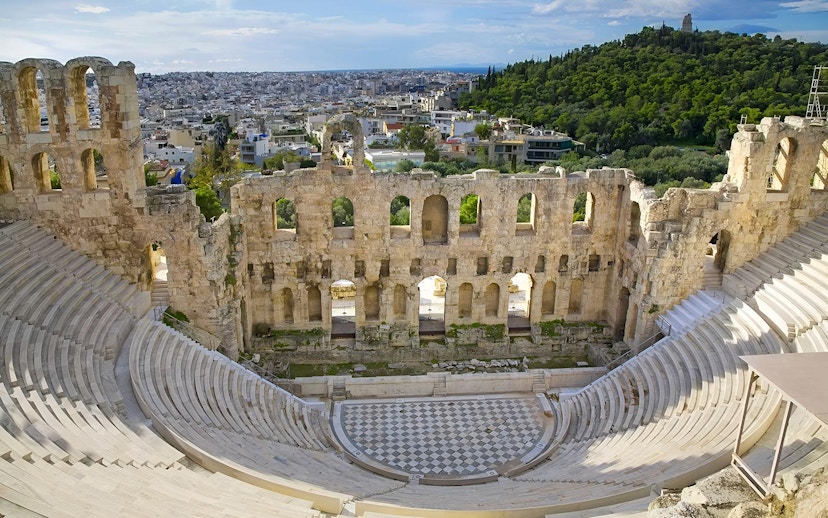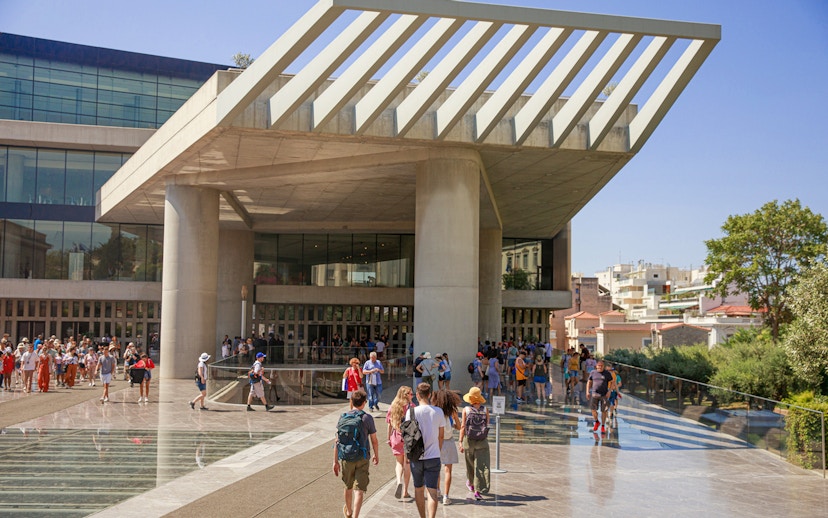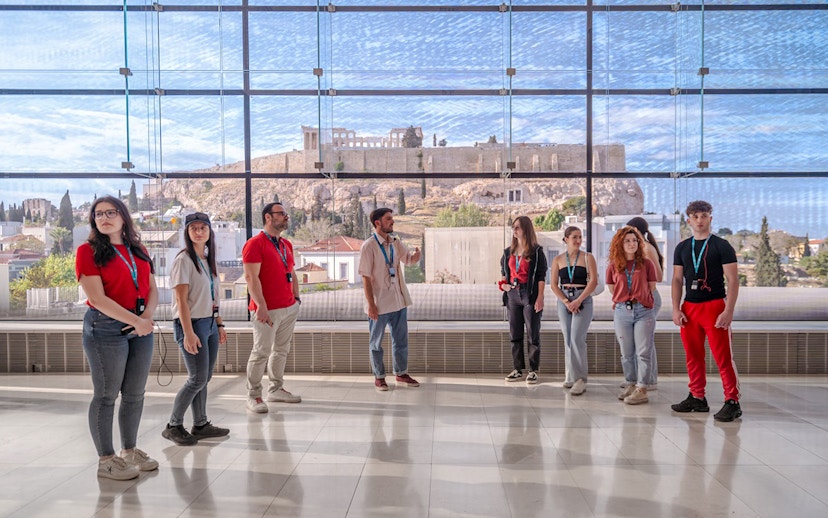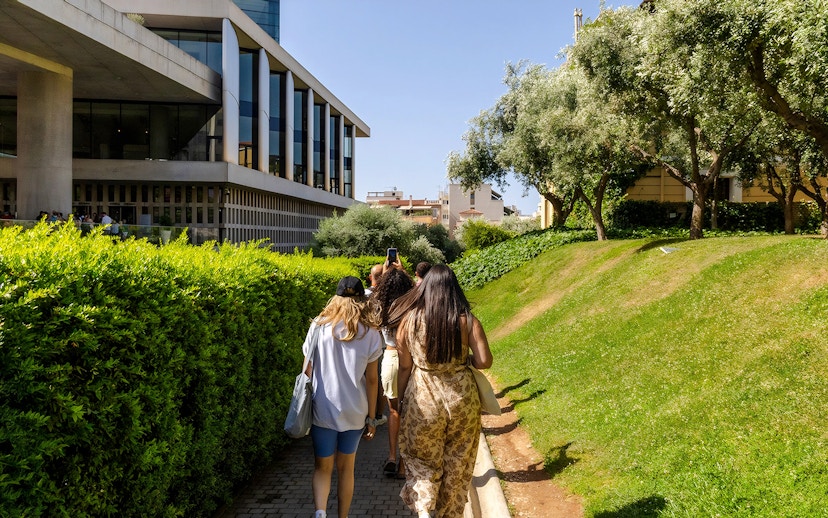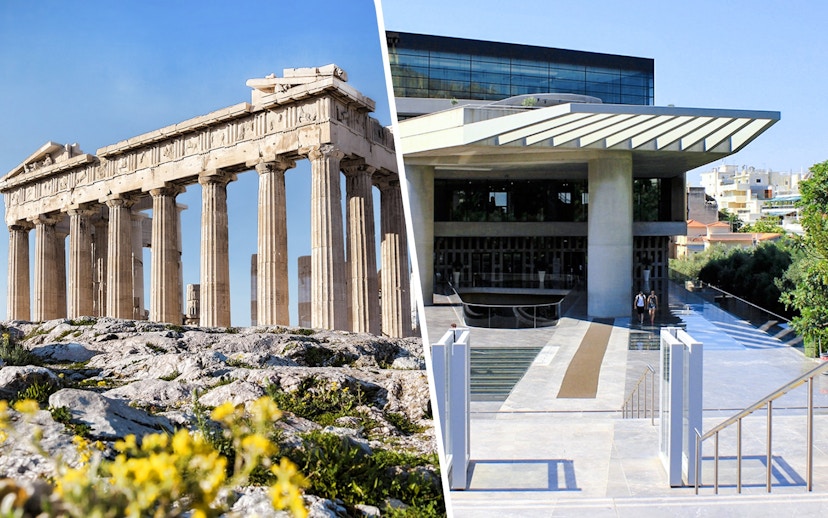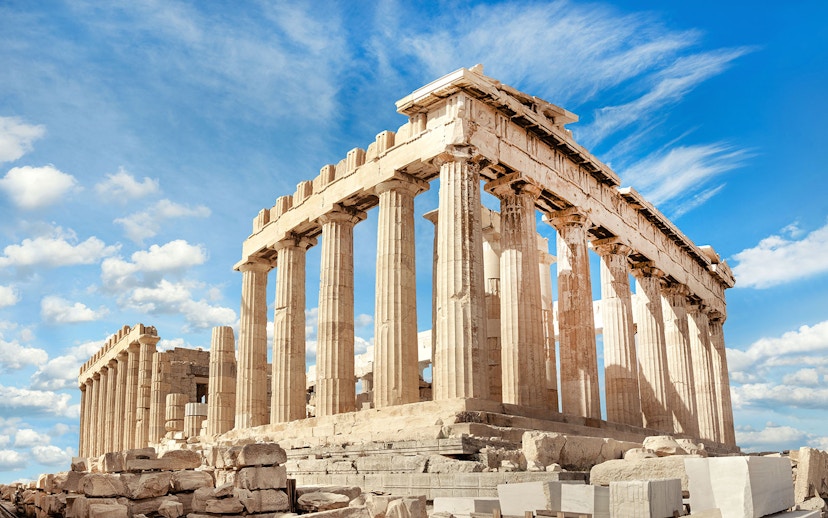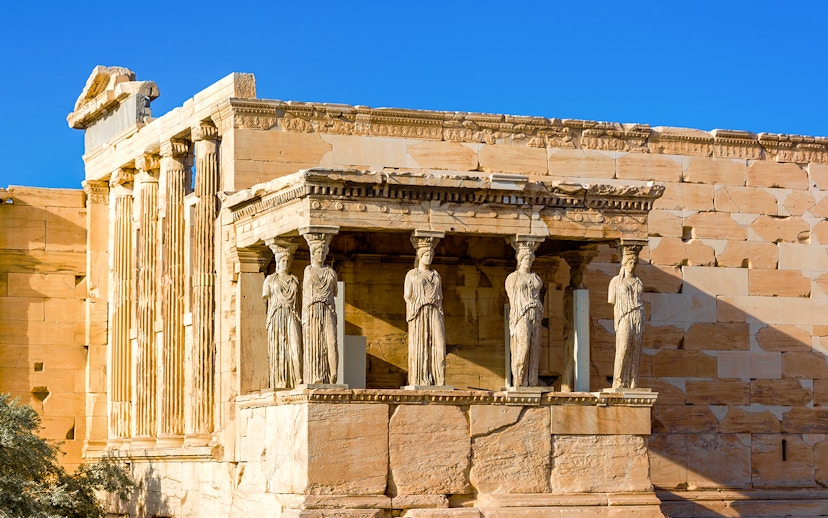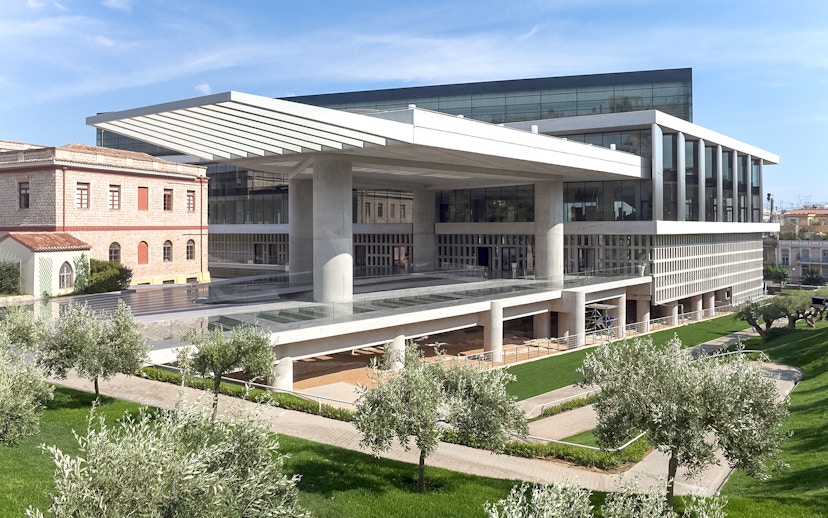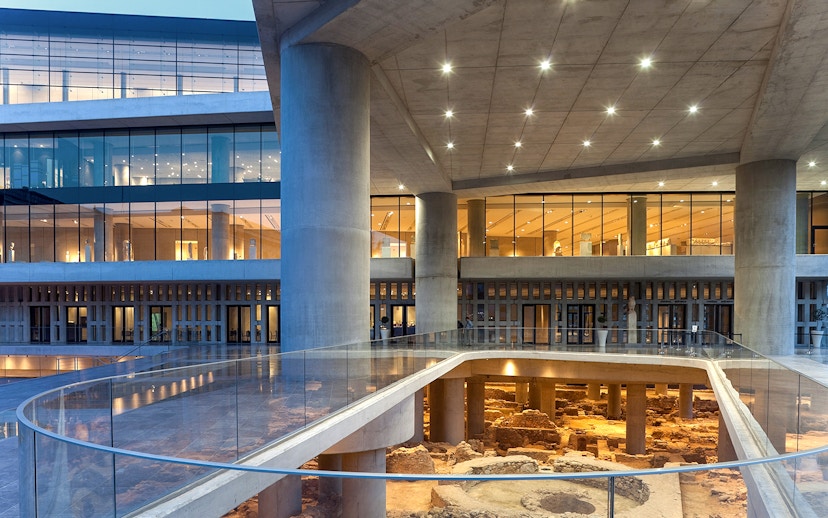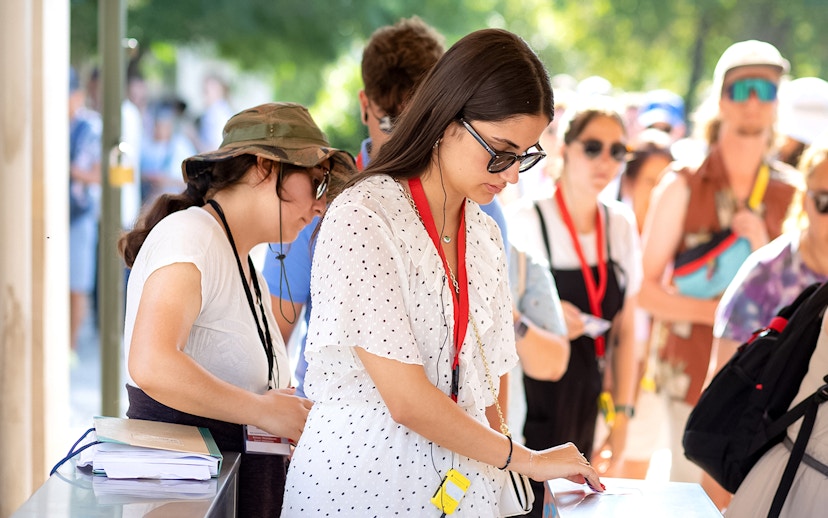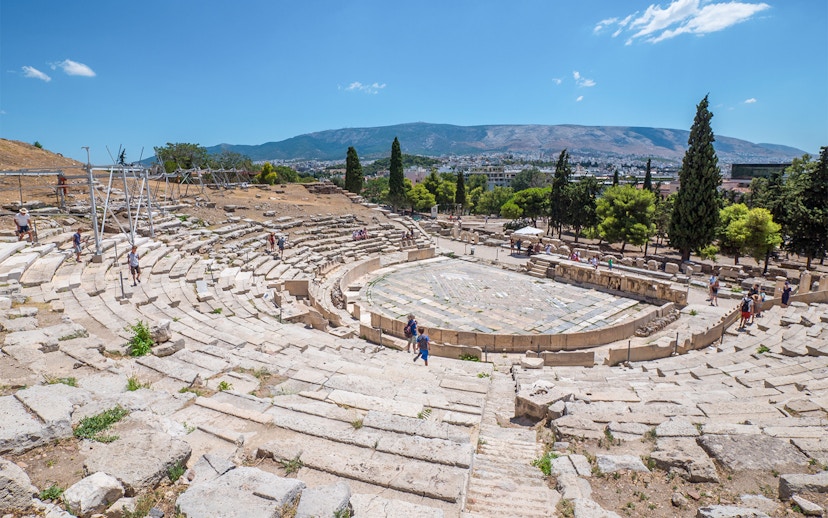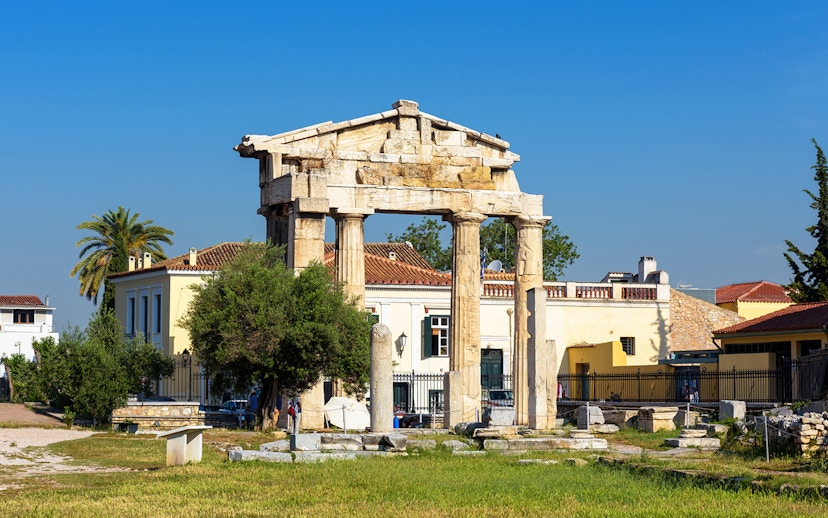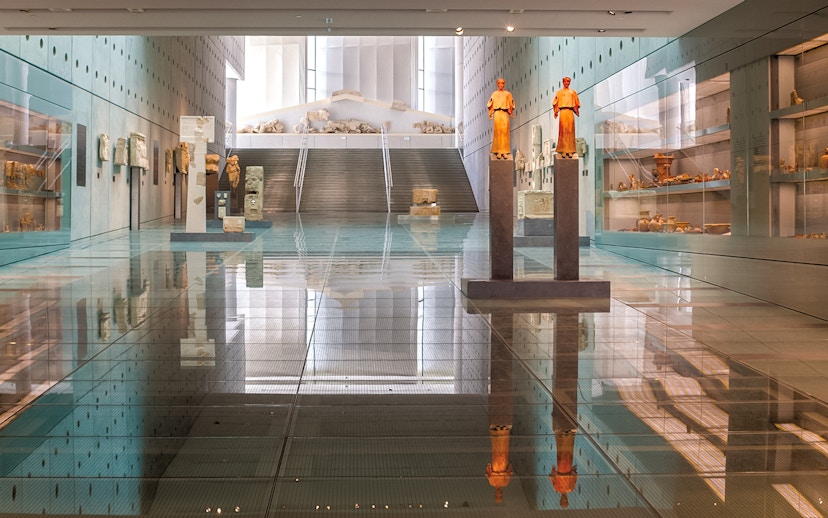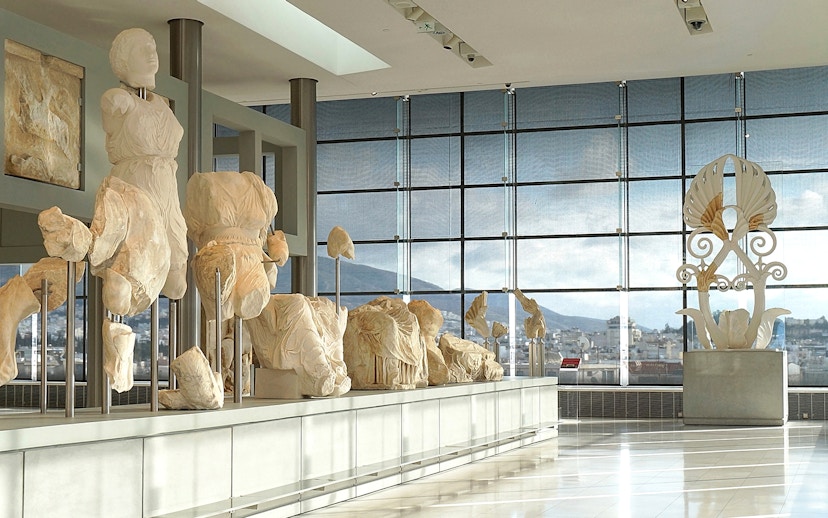History of the Parthenon
Temple to church (before 1258 AD)
Before the Parthenon, an older structure named Older Parthenon stood at the top of Acropolis and acted as a place of worship and a treasury. However, it was destroyed after the invasion of Persians into Athens. In 447 BC, the Athenian statesman named Pericles commenced the construction of the Parthenon temple. The temple was completed and dedicated in 438 BC but the decorative work and sculpture installation continued till 432 BC.
Between 1208 and 1258, the Parthenon was converted into a Christian church after Christian Byzantines took over Greece and outlawed the worship of Greek gods.
Under the Ottoman Empire (1458–1820s AD)
In 1458 A.D., the Muslim Ottoman Empire seized the territory from the Christian Byzantine. They converted the church into a mosque and kept many paintings and artifacts from the church. When the Ottomans faced an attack in 1687 led by Francesco Morosini, they converted the mosque into an ammunitions depot and shelter. However, the Parthenon temple suffered heavy damage after being bombarded with cannonballs. After the attack, the Parthenon temple was in ruins.
After Independence (19th century)
Finally, in the 1820s, the Greeks fought for independence against Turkish rule. This resulted in the Turks removing hundreds of marble blocks from the temple and making bullets from the temple’s architectural elements. From 1801 to 1812, Thomas Bruce, Lord Elgin of Britain, removed several sculptures and marble friezes from the Parthenon and took them to England. Known as the Elgin Marbles or the Parthenon Marbles, he eventually gave them to the British Museum, where they have been displayed ever since.
Present day – Restoration and the Acropolis Museum
In 1975, the Greek government decided to start the restoration project for the Acropolis and Parthenon. A committee named the Acropolis Restoration Project was formed. With the help of architect Manolis Korres, the committee documented and reviewed each relic and artifact from the ruins, and used computer technology to identify its original location and position. Some of the important and fragile sculptures were shifted to the Acropolis Museum.
In 2008, the construction of the new Acropolis Museum was completed to house all the archaeological findings from the Acropolis site. A large area of the museum is dedicated to the Parthenon, and the pieces taken by Lord Elgin are shown as plaster cast models.




